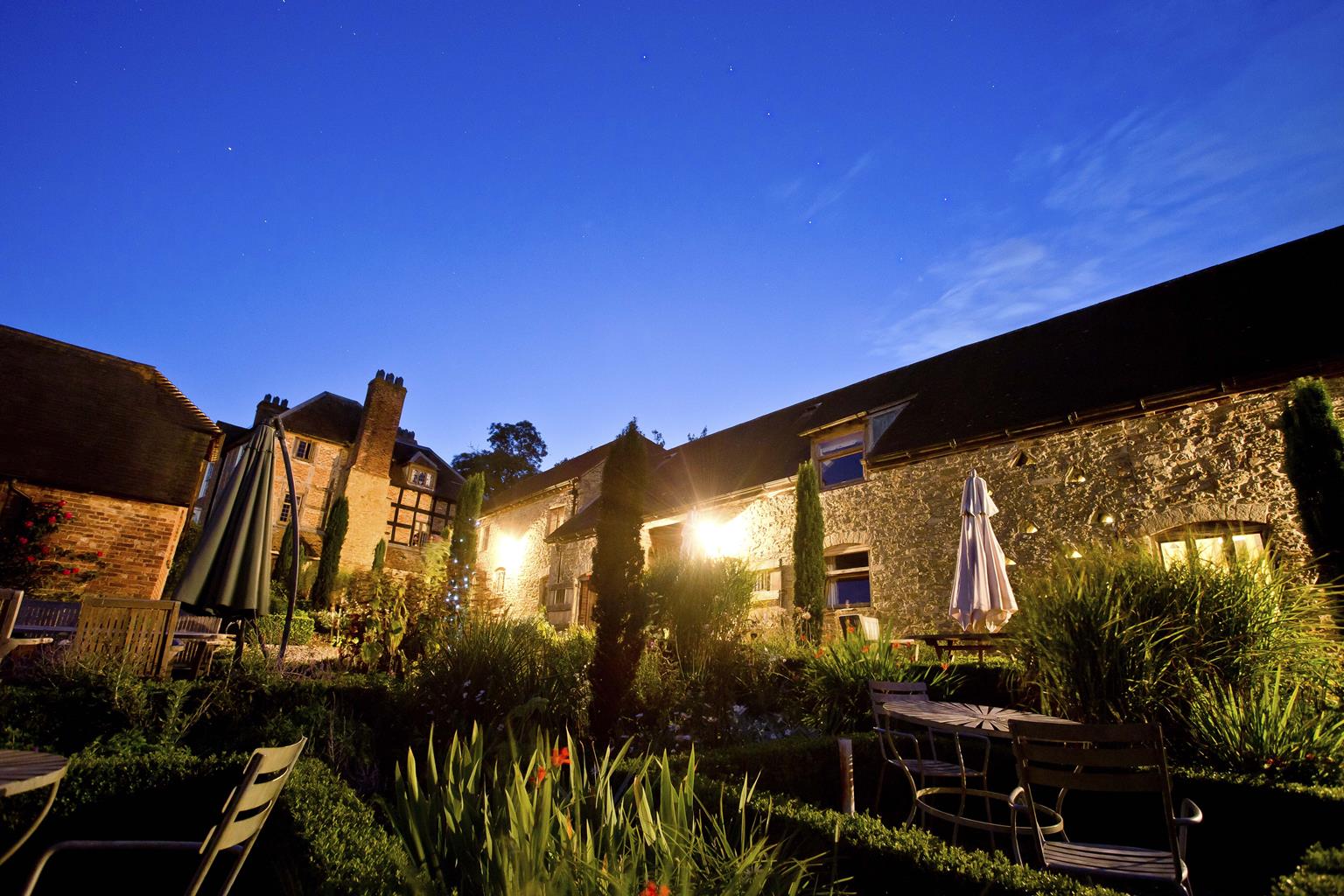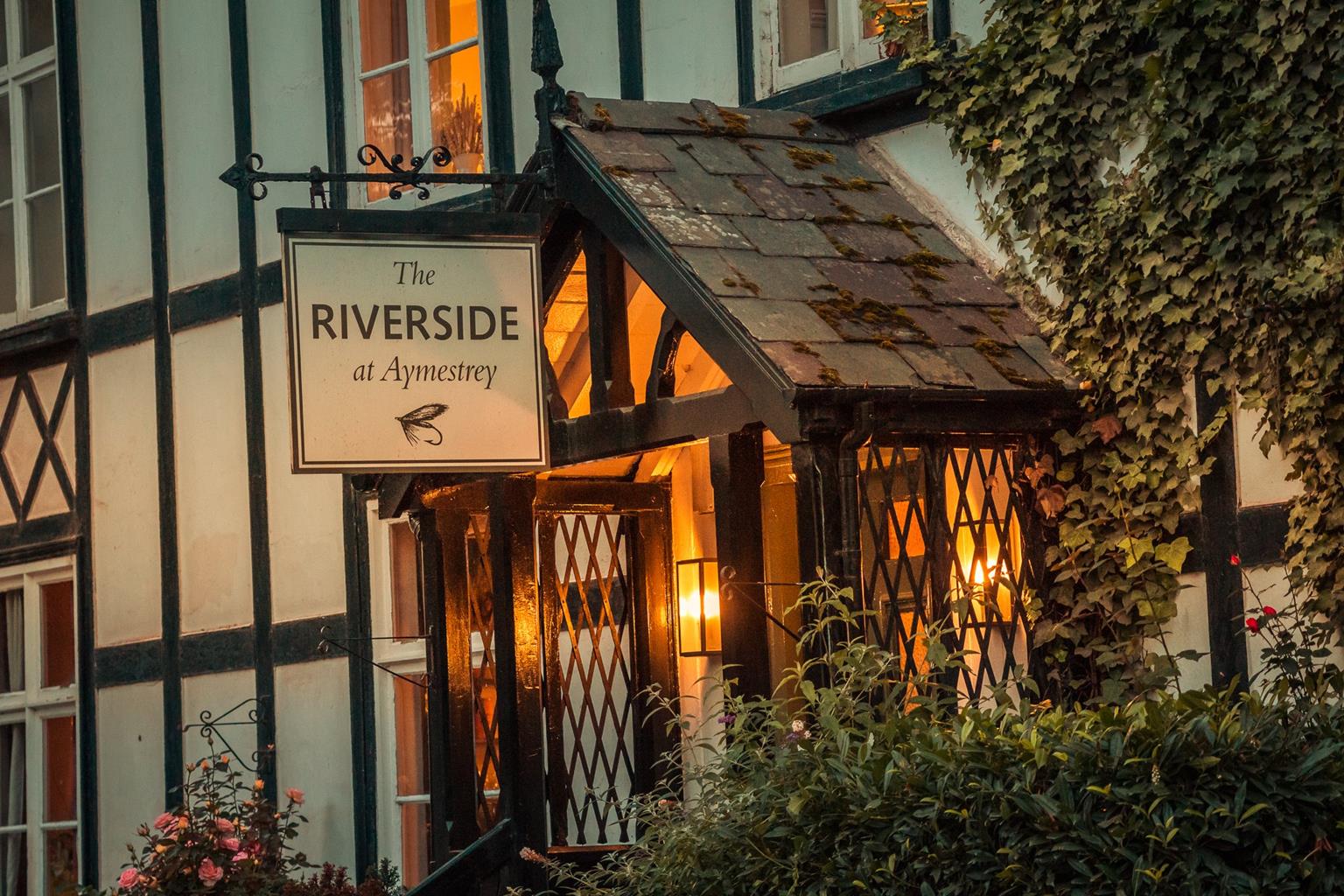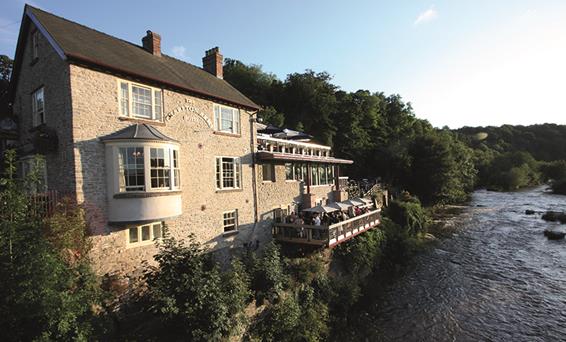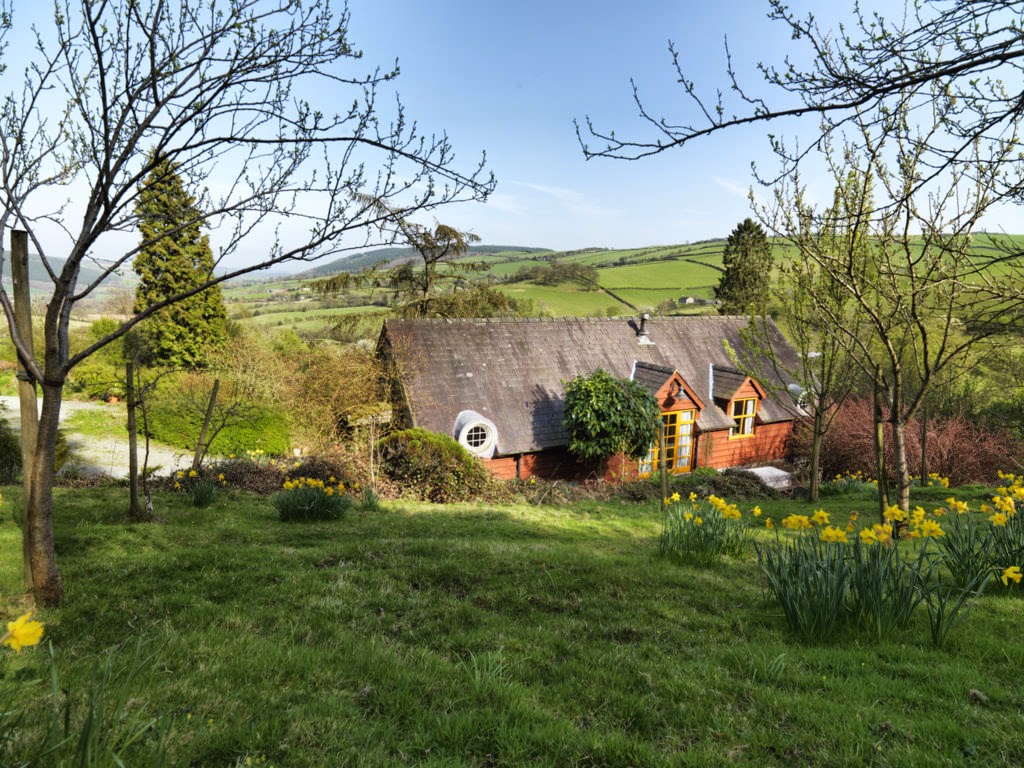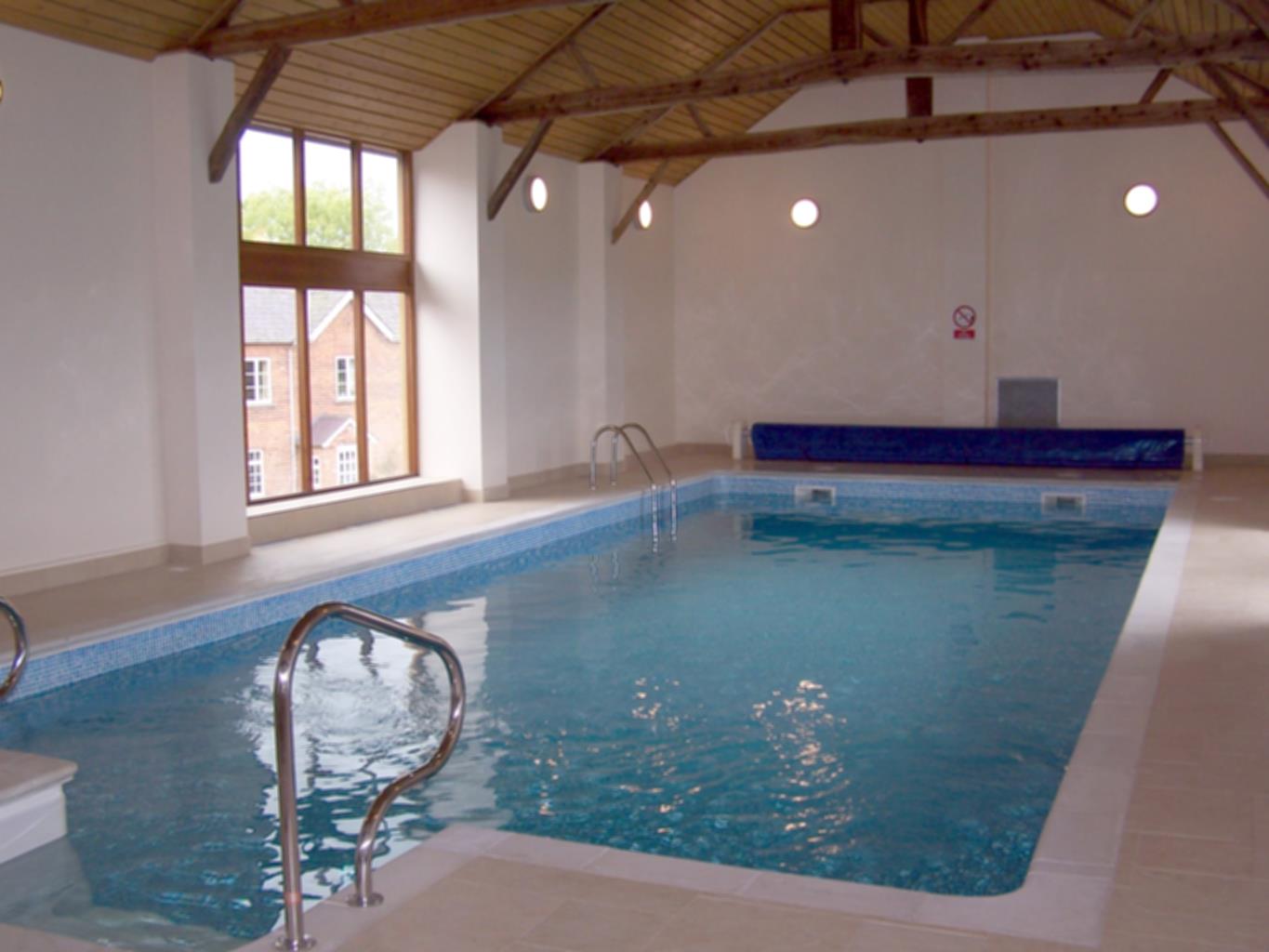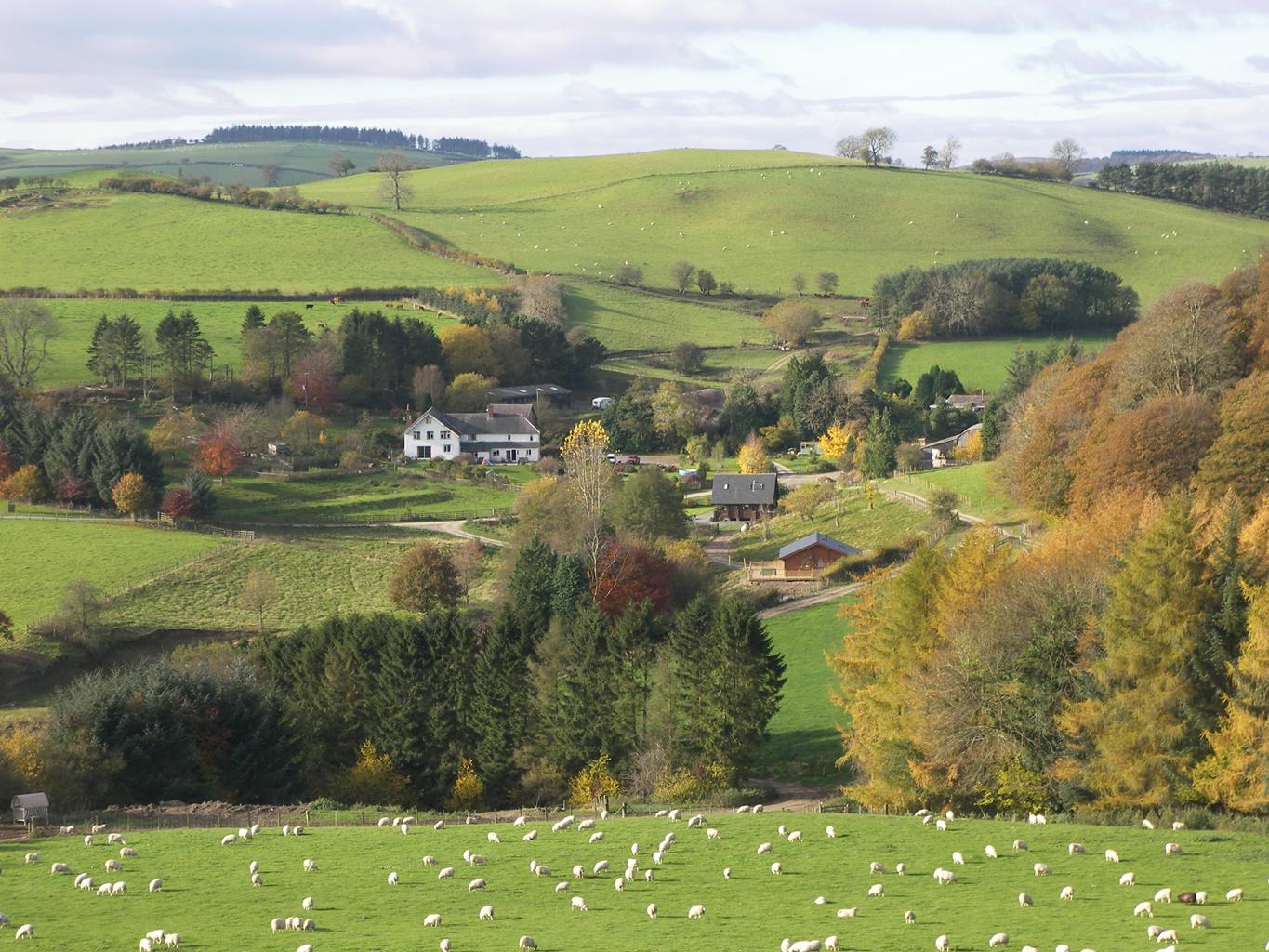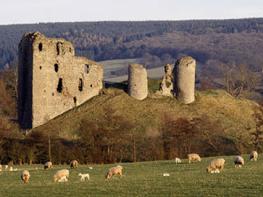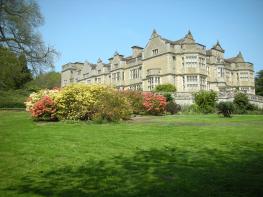The Dick Turpin is a detached, stone and timber built, slate-roofed property which stands high…
Exploring Offa's Dyke from Knighton

9 miles (14.5kms)
About the walk
Knighton straddles the border, nine toes in Radnorshire and one in Shropshire. Its Welsh name is Tref-y-clawdd, which translates as 'town on the dyke', a reference to its position on the great earthwork known as Offa's Dyke. Offa was ruler of the English kingdom of Mercia between ad 757 and 796, and the eponymous dyke is the longest archaeological monument in Britain, an impressive structure consisting mainly of a bank, with a ditch on the Welsh side.
Ancient Earthworks
Nobody is certain why Offa ordered its construction. It used to be thought it was an agreed frontier, a way of defining the border or maybe even regulating trade. It's now thought that a period of instability, with constant cross-border raiding, led to Offa's decision to secure his frontier with a defensive boundary. It was formerly believed to have run all the way from Treuddyn (north of Wrexham) to Chepstow, but current thinking is that it may have been shorter than that. Recent work in Gloucestershire has suggested that the earthwork in the lower Wye Valley, previously accepted as part of Offa's Dyke, actually dates from a different period. The Shropshire earthwork is certainly part of Offa's Dyke, however. Most of the best-preserved sections are in Shropshire, particularly on remote Llanfair Hill, a little to the north of this walk, which is also the dyke's highest point (1,410ft/430m).
To date, nearly 200 archaeological digs have been carried out on the dyke system. As far as its purpose is concerned, the only thing that has been concluded with any reasonable certainty is that it was built in such a way as to defend Mercia from the raiding Welsh. It was probably not simply an agreed frontier or a boundary marker. But, then again, if it was defensive, why have no traces of fortifications or palisading been discovered? Clearly, there is still much to learn.
Offa's Dyke National Trail, opened in 1971, is a splendid walk that runs for 177 miles (285km) from Prestatyn to Chepstow, following the earthwork for 30 miles (48km). The dyke has survived for 1,300 years, but has never been under such pressure as it is today. It's damaged by agriculture, undermined by rabbits, threatened by development and now eroded by walkers. So walk alongside it where the route has been realigned, rather than on top. Encouragingly, a conservation scheme has recently been initiated involving a partnership between the Offa's Dyke Path Management Service (based in Knighton), local farmers and interested bodies.
Walk directions
At the back of the car park, a gate leads into a meadow with a barn in it. Walk along the left-hand edge of this meadow. At the crest veer slightly away from the field-edge and descend through oak trees to a stile. Cross and join Offa's Dyke Path (ODP).
Turn right and follow the ODP for about 2.5 miles (4km). The path runs above steep slopes falling to the west, following the dyke all the way. After rounding a combe, it climbs to the top of Cwm-sanaham Hill (1,323ft/406m), then continues northwards, soon descending very steeply to a white house, Brynorgan.
Meeting a road, leave the ODP, turning left, then left again at Selley Cross. After 0.5 miles (800m) or so, just beyond The Workhouse, go through the next gate on the right. Follow a vague path along a field, then turn right, climbing steeply by a line of trees to a stile. Follow waymarks across several fields, to meet a lane at Monaughty Poeth.
Turn left for 0.75 miles (1.2km) to a junction at Skyborry Green. Turn left again, then immediately right, joining a bridleway that climbs to The Brynny. Turn right behind the house. Don't join the obvious track just above but follow a narrow footpath along the hedge. Take the lower option at all unwaymarked junctions. After three stiles in quick succession, join a track and descend to the road at Nether Skyborry.
Turn left for 0.5 mile (800m), then right on to the ODP just before Panpunton farm. The path crosses the railway and the River Teme, then follows the Teme towards Knighton, soon crossing the border and turning right to the Offa's Dyke Centre.
Leaving the centre, turn left through Knighton, then left again on Station Road. After passing the station, turn left on Kinsley Road. Join the first path on the right into Kinsley Wood, opposite Gillow. Fork left after a few paces, then embark on a grindingly steep climb. The gradient eases a little before the path emerges from the trees to continue past picnic tables and across a forest road. Keep straight on to the top of the ridge, then turn left at a crossroads to walk across the summit. The path descends to a track. Turn right to return to the start.
Additional information
Excellent on ridge, undefined across fields, many stiles
Steep hills overlooking the broad Teme Valley
Can run free in Kinsley Wood, but sheep present elsewhere
OS Explorer 201 Knighton & Presteigne
Informal car parking in Kinsley Wood, accessed by forest road from A488 (or park in Knighton, next to bus station or at Offa's Dyke Centre)
In Knighton, off Broad Street, and Offa's Dyke Centre
WALKING IN SAFETY
Read our tips to look after yourself and the environment when following this walk.
Find out more
Also in the area
About the area
Discover Shropshire
Perhaps nowhere else in England will you find a county so deeply rural and with so much variety as Shropshire. Choose a clear day, climb to the top of The Wrekin, and look down on that ‘land of lost content’ so wistfully evoked by A E Housman. Peer through your binoculars and trace the course of Britain’s longest river as the Severn sweeps through the county, from the Breidden Hills to Wyre Forest, slicing Shropshire in two. To the north is a patchwork of dairy fields, hedgerows, copses and crops, broken at intervals by rugged sandstone ridges such as Grinshill or Nesscliffe, and dissected by a complex network of canals.
Spilling over the border into neighbouring Cheshire and North Wales is the unique meres and mosses country, with serenely smooth lakes glinting silver, interspersed with russet-tinged expanses of alder-fringed peat bog, where only the cry of the curlew disturbs the silence. South of the Severn lies the Shropshire Hills AONB. It’s only when you walk Wenlock Edge that you fully discover what a magical place it is – glorious woods and unexpectedly steep slopes plunge to innumerable secret valleys, meadows, streams and farmhouses, all tucked away, invisible from the outside world.
Nearby stays
Restaurants and Pubs
Nearby experiences
Recommended things to do
Why choose Rated Trips?
Your trusted guide to rated places across the UK
The best coverage
Discover more than 15,000 professionally rated places to stay, eat and visit from across the UK and Ireland.
Quality assured
Choose a place to stay safe in the knowledge that it has been expertly assessed by trained assessors.
Plan your next trip
Search by location or the type of place you're visiting to find your next ideal holiday experience.
Travel inspiration
Read our articles, city guides and recommended things to do for inspiration. We're here to help you explore the UK.


